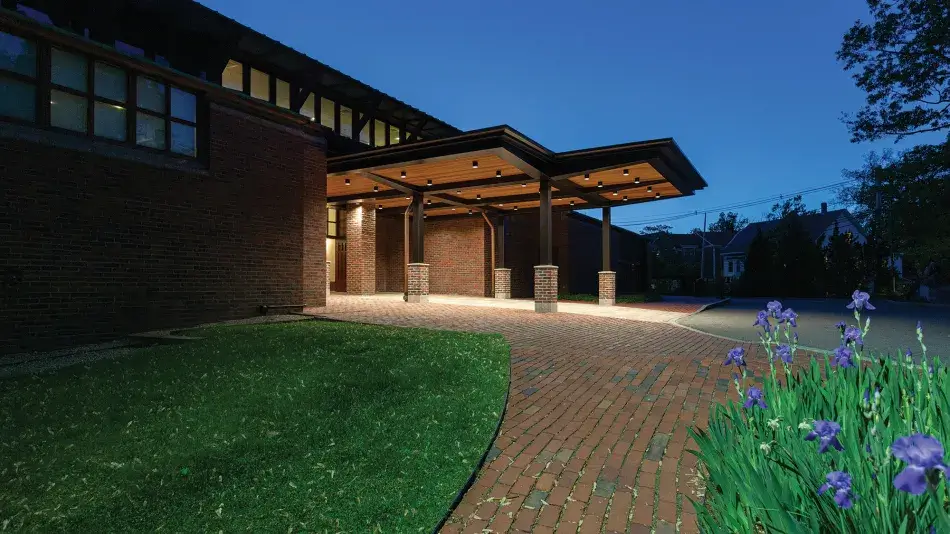Meeting Places of the American Academy

In May 1780, the Massachusetts legislature enacted the Charter of the Academy and stated that the first meeting of the Academy was to be held in the Philosophy Chamber of Harvard College. For the next sixty years until ca. 1823, the new society used the Philosophy Chamber as its primary meeting place. The Academy also held meetings in several locations around Boston, including the County Courthouse (1780–1784), the Hall of the Massachusetts Bank (1785–ca. 1794), the “New” State House (1800–1814), and the Boston Marine Insurance Company (1814–1817).
During much of the nineteenth century, the Academy shared quarters with the Boston Athenæum at various locations: the Rufus Amory House (1817–1823), Pearl Street (1823–ca. 1829), and the Athenæum’s current headquarters on Beacon Street (1852–1899). Between 1824 and 1906 the Academy also met intermittently at Harvard, MIT, the Massachusetts Historical Society, and even at members’ homes. In 1906, the Academy purchased its first permanent headquarters at 26 Newbury Street. Within five years the adjoining property was purchased and a much larger building was erected at 26-28 Newbury. The Academy remained there until 1955.
Between 1955 and 1957 several locations–including Morse Auditorium, Boston Museum of Science, and Kresge Auditorium at MIT–served as meeting venues. The Academy then reached an agreement with the Brandegee Charitable Foundation and moved to Faulkner Farm in Brookline, where the Academy remained until the completion in 1981 of a new house, designed by the architectural firm Kallmann McKinnell & Wood, at 136 Irving Street in Cambridge. Both Noel Michael Kallmann and Gerhard Michael McKinnell were members of the Academy. Their work included the design of Boston’s City Hall, Boston’s Back Bay Station, the enlarged Hynes Convention Center, and the School of Business and Public Administration at Washington University in St. Louis.
Made possible through the vision and generosity of Edwin Land, the new House of the Academy was created to provide an intimate home for scholarly thought. Its award-winning design borrows elements from ancient Greek cities, Renaissance Tuscan villas, and the twentieth-century American and British Arts and Crafts style.
In recent years, generous individuals have continued to provide for the maintenance and restoration of the Academy’s home. Between 2015 and 2020 Morton Mandel supported several capital projects, including technology upgrades, extensive kitchen and restroom renovations, and the addition of a beautiful new portico and walkway to the front entrance. In 2020, David Rubenstein made a gift to support the construction of a new addition to the Academy’s building, which will house the Academy Archives and make the collections more accessible.
The Academy’s national headquarters in Cambridge stands as a “House of the Mind” and a center for scholarly exchange.